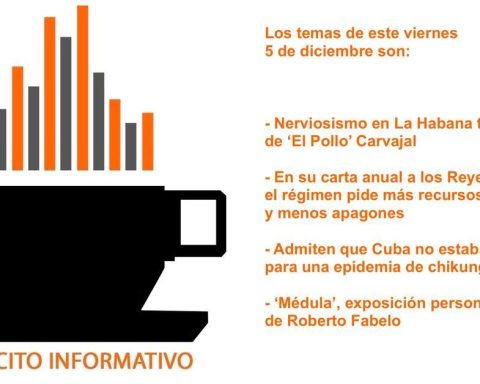The inventory count (or physical count) is one of the procedures to be carried out in order to determine the existence of merchandise that an entity owns at a certain date.
It is a procedure that allows Management a series of benefits, among which the following stand out:
- Identify obsolete, damaged or expired merchandise and prevent it from being mistakenly dispatched to a customer of the entity.
- Identify missing, either due to theft or errors at the time of entering the purchases to the deposit. Stocks may appear in stock systems when they do not exist in reality, which can lead to “overselling” problems and contractual breaches with customers.
- It allows better inventory management: knowing the actual stocks in the entity, it allows better planning of resources and purchases.
- There are many management benefits to taking inventory counts.
Items to take into account when conducting inventory counts
The first thing that Management should analyze is the opportunity and scope of the inventory count, that is, if it is convenient to do it only at the close of the fiscal year or if it is convenient to carry out sporadic counts throughout the year. In case of opting for sporadic counts, it must be defined whether a 100% count of the merchandise or only a proportion of it will be made.
The opportunity and scope go hand in hand with the business and risk management determined by Management. It is important to remember that not having an adequate policy to analyze inventories can generate monetary losses, either due to shortages such as theft or lost sales opportunities.
Once the opportunities and scope of the counting policies have been defined, the Management should have instructions for the personnel who will carry out the same. The personnel in charge of this must have the necessary tools to solve the different cases that can be identified throughout the inventory count, such as, for example, what to do with damaged or obsolete merchandise or how to proceed in case of differences between the existing units in the stock system and those observed during the count.
Some recommendations
There are some recommendations when considering inventory counts, such as:
- Establish clear instructions on how the counts should be made and how to proceed in the face of differences or damaged or obsolete merchandise.
- Establish counting teams. Ideally, the equipment should have personnel outside the inventory operation, such as administration personnel.
- Hold informational meetings for the personnel who will participate in the counts, in order to guarantee that they are aware of the instructions and evacuate doubts.
- Perform second counts when there are differences between the units counted and the stock in stock. Ideally, this count should be done by a different counting team than those who did the first count.
- Resolve and adjust the differences at the accounting and stock systems level once the count has been completed.
- Carry out Minutes where the findings and resolutions of the count carried out are documented.
- Notify the auditor of the entity about the annual count, making him participate in it, both in the planning stage and in the execution.
Accounting impact of inventory counts
There is no accounting standard that establishes the need to carry out an inventory count, however, the absence of it can lead to the entity’s Financial Statements containing errors that could be significant and eventually with tax impacts.
Entities that are in need of hiring an external auditor for the first time, either due to a bank debt or because they wish to obtain an external review of their Financial Statements, should take into account that it will carry out a sample and inventory count. .
An audit of Financial Statements must be prepared in compliance with the provisions of the International Auditing Standards (ISA), established by the International Federation of Accountants (IFAC). Among these standards is ISA 501 “Audit Evidence: Specific Considerations for Selected Items” which states: “If inventory is a material item in the financial statements, the auditor must obtain sufficient and appropriate audit evidence, regarding the existence and condition of the inventory… ”this is done through the inventory count.
It is a procedure that an external professional will carry out in order to conclude on the reasonableness of the Financial Statements.
Inventory counting is a practice that provides better management of the entity’s assets and improves decision-making.

















